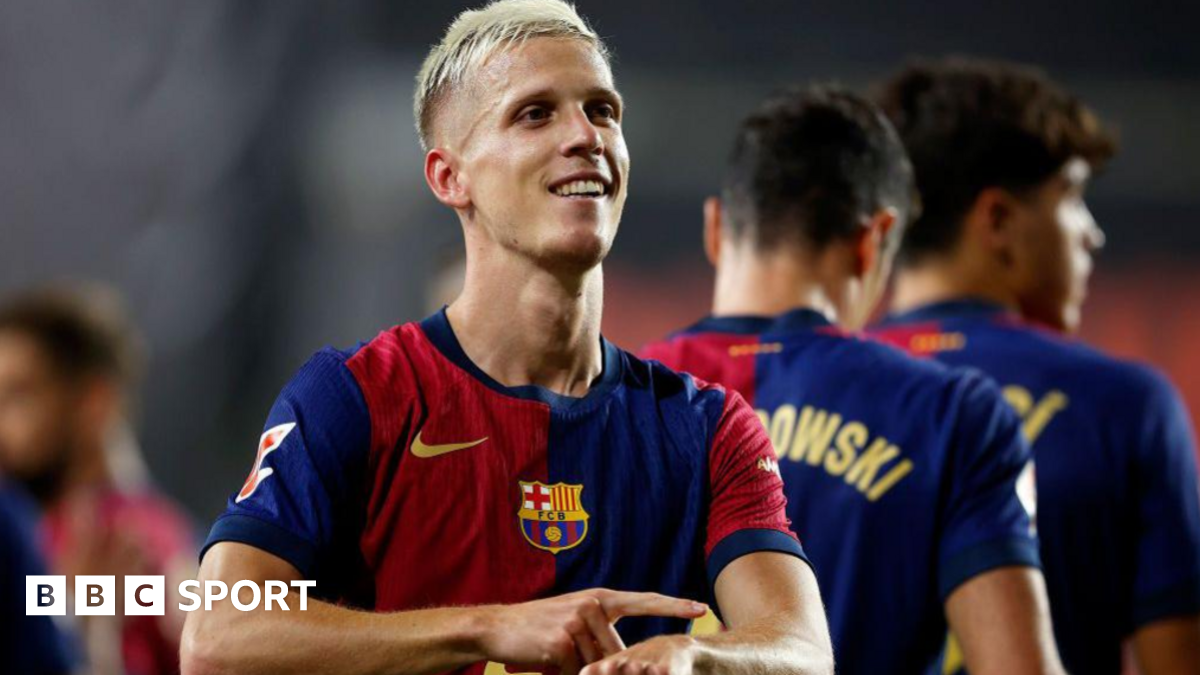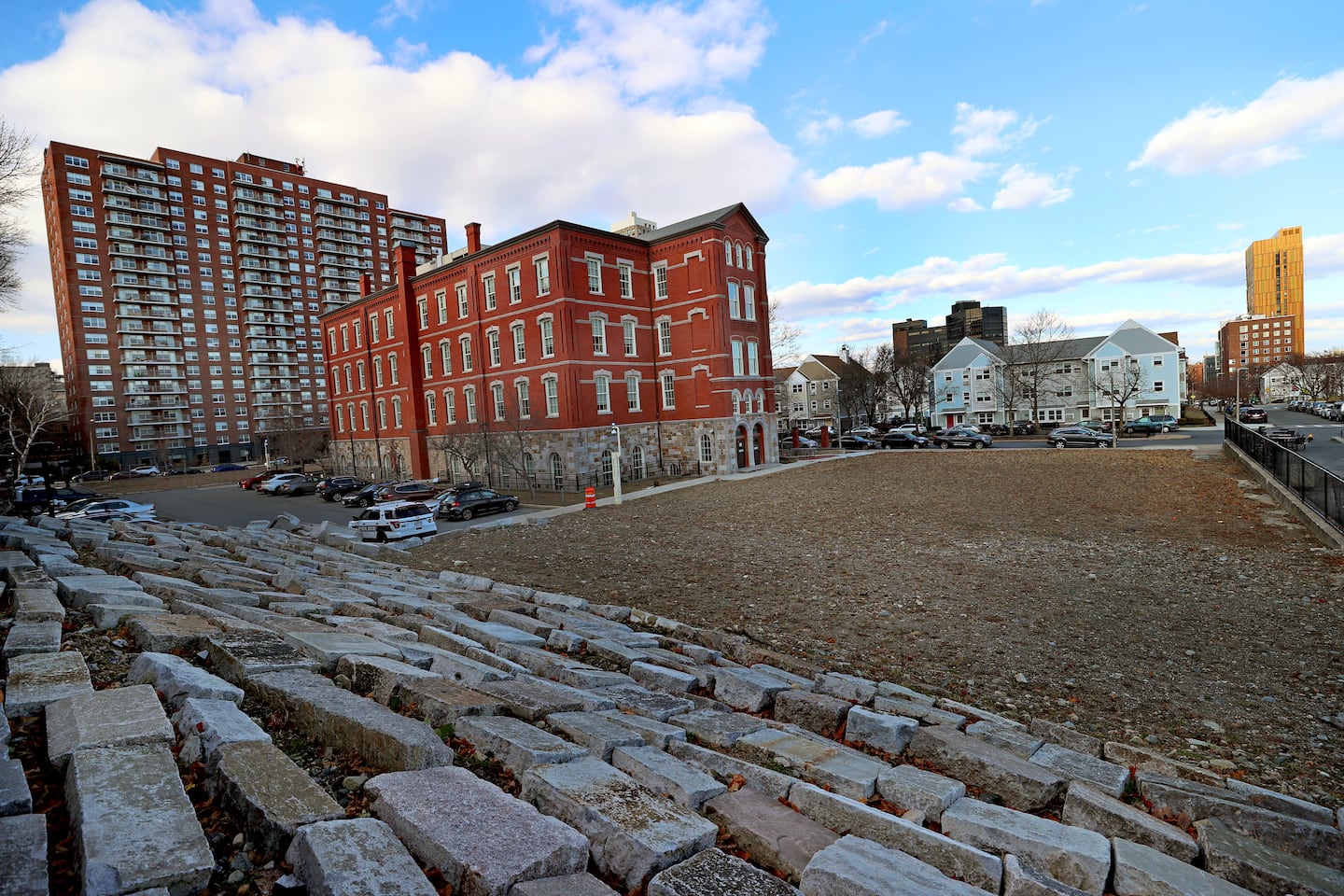Brock Lesnar’s future in WWE remains a giant question mark, and it doesn’t look like he’ll be stepping back into the ring anytime soon.
While fans have speculated about his return for months, the latest update confirms that legal issues are keeping The Beast Incarnate on the sidelines.
During Wrestling Observer Radio, Dave Meltzer shut down any rumors of a WWE comeback for Lesnar, explaining that everything depends on his ongoing legal situation with Janel Grant. “That’s up to legal,” Meltzer stated, making it clear that WWE won’t be bringing him back until the matter is resolved.
This situation stems from a lawsuit filed in January 2024, where Brock Lesnar was named in a case against Vince McMahon that involved allegations of sexual trafficking. As previously reported, former WWE employee Janel Grant accused McMahon of directing her to engage in sexual activities with other WWE personnel, including Lesnar.
According to the Wall Street Journal, Grant’s lawsuit alleged that in July 2021, McMahon instructed her to create explicit content for a WWE superstar who was also a UFC fighter—later identified as Brock Lesnar. The lawsuit claimed that McMahon shared explicit photos with Lesnar, who allegedly responded favorably before signing a new WWE contract. In August 2021, McMahon reportedly messaged Grant, suggesting that her involvement with Lesnar was “part of the deal.”
Further allegations stated that in December 2021, McMahon provided Grant’s personal cellphone number to Lesnar, who then requested explicit content. The lawsuit also claimed Lesnar expressed interest in meeting Grant in person, but plans fell through due to a snowstorm.
This lawsuit sent shockwaves through the wrestling world, and it explains why WWE has kept Lesnar off television since his SummerSlam 2023 match against Cody Rhodes. While there is no official word on whether Lesnar will respond publicly to the lawsuit, his WWE future remains in serious doubt.
This follows a report from Sportskeeda’s Chris Featherstone back in December, where he noted that there had been “no internal conversations” within WWE regarding Lesnar’s return. At the time, insiders were adamant that Lesnar was not expected back “any time in the foreseeable future.”
While Lesnar’s name was referenced on WWE television in October, it now seems like that was just a coincidence, not a hint at his return. Reports had previously suggested there were discussions about his comeback, but the reality is far more complicated.
For now, WWE isn’t moving forward with any plans for Lesnar, and his status remains in limbo. The question is—if and when he does return, what role will he step into? Do you think WWE should bring him back once his legal situation clears up, or is it time to move on? Drop your thoughts in the comments.
Brock Lesnar’s WWE Return Stuck in Limbo Amid Legal Battle
The wrestling world has been abuzz with rumors of Brock Lesnar’s potential return to WWE, but it seems that his comeback is currently facing a major roadblock. Reports have surfaced that Lesnar’s WWE return is stuck in limbo due to an ongoing legal battle between the wrestling behemoth and his former employer.
Lesnar, who is known for his dominant in-ring presence and larger-than-life persona, left WWE in 2020 after his contract expired. Since then, there have been whispers of a possible return, with fans eagerly anticipating his comeback to the squared circle.
However, it now appears that Lesnar’s return is on hold as he navigates a legal dispute with WWE over contractual obligations and financial matters. The details of the legal battle remain murky, but it is clear that both parties are at odds, which has put a damper on any potential plans for Lesnar’s WWE return.
Fans of “The Beast Incarnate” will have to wait patiently as the legal battle plays out, with no clear timeline for when – or if – Lesnar will make his highly anticipated return to WWE. In the meantime, wrestling enthusiasts can only speculate on what the future holds for one of the most dominant forces in professional wrestling. Stay tuned for updates on this developing story.
Tags:
Brock Lesnar, WWE Return, Legal Battle, Wrestling news, WWE updates, Brock Lesnar contract, WWE superstars, Wrestling rumors, Brock Lesnar lawsuit, WWE controversy
#Brock #Lesnars #WWE #Return #Stuck #Limbo #Legal #Battle
 Donald Trump’s many executive actions on day one of his presidency included
Donald Trump’s many executive actions on day one of his presidency included 



